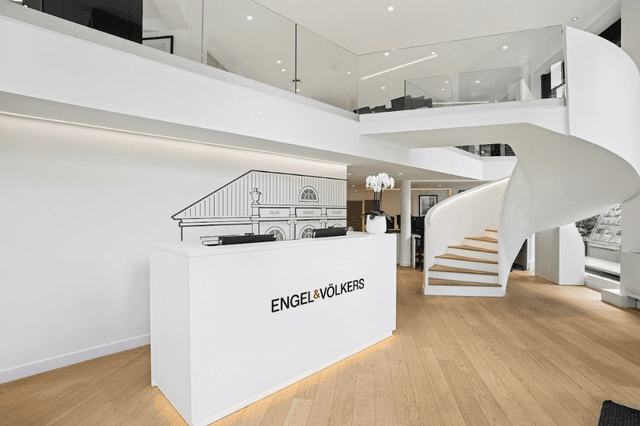Real estate agents in Paris, Upper Marais
Find your desired property and discover our exclusive services.
Find your desired property and discover our exclusive services.
Locations
Our experienced real estate agents in Upper Marais have in-depth knowledge of the local real estate market. They provide competent and personalized advice tailored to your needs. Rely on our real estate expertise and benefit from personal, professional support.
Discover Engel & Völkers real estate agents near you.

Open
Closes at 7 pm
Monday
10 am - 7 pm
Tuesday
10 am - 7 pm
Wednesday
10 am - 7 pm
Thursday
10 am - 7 pm
Friday
10 am - 7 pm
Saturday
10 am - 7 pm
Sunday
Closed

Open
Closes at 7 pm
Monday
9 am - 7 pm
Tuesday
9 am - 7 pm
Wednesday
9 am - 7 pm
Thursday
9 am - 7 pm
Friday
9 am - 7 pm
Saturday
Closed
Sunday
Closed
.png&w=640&q=75)
Open
Closes at 7 pm
Monday
9 am - 7 pm
Tuesday
9 am - 7 pm
Wednesday
9 am - 7 pm
Thursday
9 am - 7 pm
Friday
9 am - 7 pm
Saturday
10 am - 6 pm
Sunday
Closed

Open
Closes at 7 pm
Monday
9 am - 7 pm
Tuesday
9 am - 7 pm
Wednesday
9 am - 7 pm
Thursday
9 am - 7 pm
Friday
9 am - 7 pm
Saturday
10 am - 7 pm
Sunday
Closed
About Us
Over 1 million customers worldwide already trust Engel & Völkers with their real estate. In over 35 countries, across five continents, and at over 1,000 locations, more than 16,700 real estate agents work under the Engel & Völkers brand, embodying the shared values of competence, exclusivity, and passion.
FIND THE BEST PROPERTIES
The above search results are displayed by Engel & Völkers GmbH, as the sole technical operator of the real estate platform integrated into this website, in accordance with your search criteria. The respective providers are solely responsible for the content of the individual offers, whose provider information can be found in the advertisements.
FREQUENTLY ASKED QUESTIONS
LOCATIONS
Contact


Engel & Völkers France
170 Rue du Faubourg Saint-Honoré
75008 Paris
Tel: +33145643030